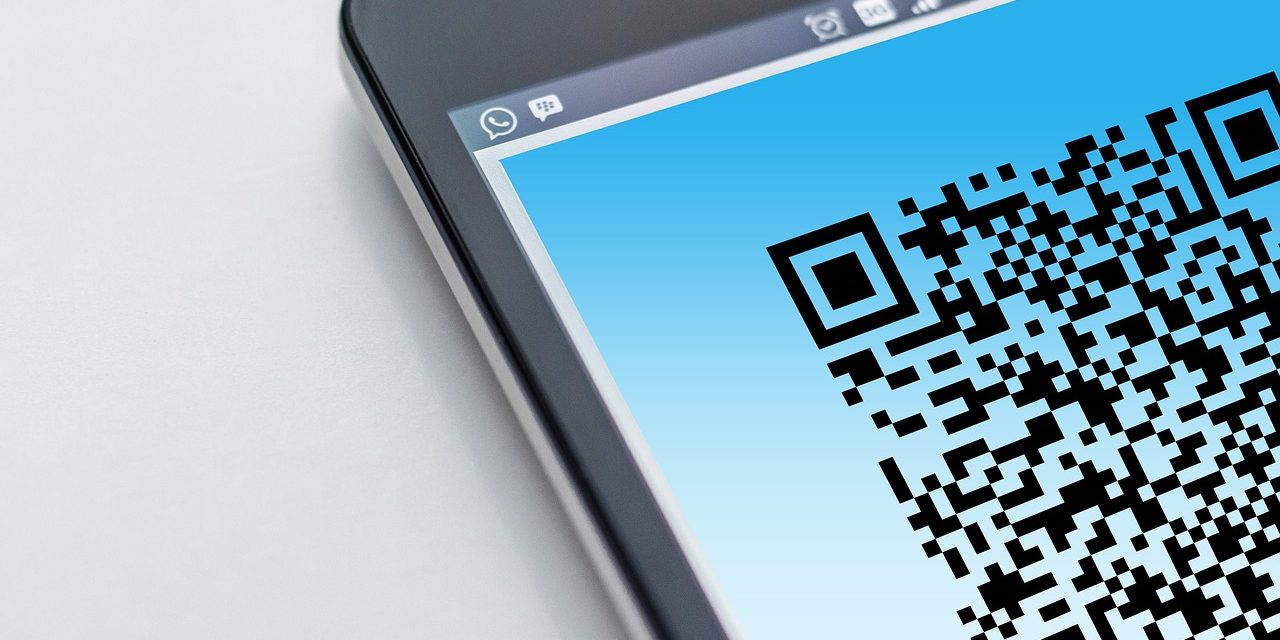Retail financial transactions executed through the central bank-backed national quick reaction (QR) code standard have increased dramatically in recent months as the pandemic pushed more people toward contactless payment schemes, according to the central bank.
In an online briefing, Bangko Sentral ng Pilipinas Governor Benjamin Diokno said person-to-person payments using the “QR Ph” system — used by scanning an encoded pattern with one’s mobile phone — has “steadily gained traction” during the COVID-19 health crisis. In particular, person-to-person QR Ph transactions registered an average quarterly growth rate of 152 percent in volume and 255 percent in value from the first quarter of 2020 to the first quarter of 2021.
End-May 2021 figures also indicated that person-to-person transactions rose year-on-year by 1,498 percent in volume and 6,267 percent in value.
“QR Ph provides a convenient, faster, and more affordable payment option between consumers during the health crisis,” Diokno said. “The recent developments in QR Ph transactions reflect the improvement in the public’s preference for digital payments.”
Meanwhile, preparations are underway for the full launch of the person-to-merchant QR Ph system later this year. Participants of the ongoing trial phase of this scheme are currently assessing and calibrating their systems, while merchant partners and their customers are being oriented on the value proposition of QR Ph to encourage its use.
“The BSP and the payments industry, led by the Philippine Payments Management Inc., will continue to closely work together to further broaden the reach and acceptability of QR Ph among customers and merchants, as well as other digital payment initiatives,” Diokno said.
“We would like every Juan and Maria to participate meaningfully in an increasingly digital Philippine economy, as we believe that no Filipino should be left behind in enjoying the benefits of digitalization,” he added.
QR Ph leverages on the efficiency, safety, and affordability of the QR technology. Standardizing QR codes used by all financial institutions for financial transactions enables interoperability and efficiency in digital payment services in the country. With QR Ph, Filipinos are able to pay and transfer funds by merely scanning the code with a mobile phone instead of having to bring cash, credit or debit cards. Consumers also do not have to maintain separate accounts with the payment service providers who are enrolled in QR Ph.
QR Ph also eliminates the need for merchants enrolled to display numerous QR codes in their establishments and to purchase expensive electronic data capture systems. Upon the full launch of person-to-merchant system, the benefits of QR Ph will be extended to a wider base of stakeholders, including unbanked small businesses, tricycle drivers, market vendors, and sari-sari store owners.







